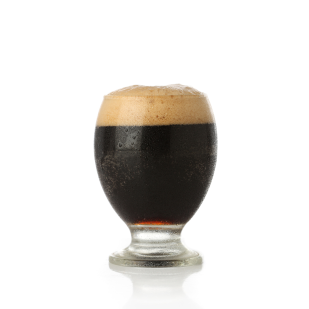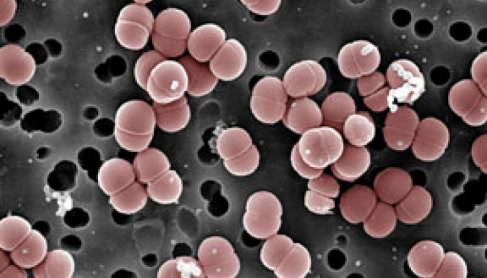Sweetness and roundness in beer
January 28th, 2022
How do you play with the sweetness and roundness of beer?
When you think of sweetness and roundness, you immediately think of one style of beer in particular: stouts. These dark beers are appreciated for their thick and sweet body. But what gives them these prized characteristics? Let’s take a closer look.
The sensation of sweetness is intimately linked with sugar. There’s a reason why desserts are so popular as a sweet treat! In a beer, sugar allows the production of alcohol. There are several different types of sugars in beer, such as glucose and maltose. Not all of these sugars can be used by brewer’s yeast. Each strain of yeast has the ability to ferment different types of sugar. Basically, there may be some unfermentable sugar left over at the end of the fermentation process. As you can see, there will be much more sugar left in a stout than in a lager. The roundness is rather the sensation of thickness that this residual sugar gives.
There are several ways to play with these parameters when brewing beer. When choosing a yeast, look at its attenuation. Attenuation is defined as the ability of yeast to consume the sugar in the wort. A yeast with an attenuation of 60% will consume about 60% of the sugars in the wort. You want more roundness in your beer: choose a yeast with less attenuation.
You can also play with the temperature of your mash. A mash made at 68 degrees Celsius will leave much more complex sugar and therefore more roundness. The type of grain used can also have an impact on the roundness. Flakes (e.g. wheat, oats) will also have this effect on the beer. Complex sugars also exist in commercial powder forms, such as lactose and maltodextrin. Lactose has a much more intense sweetening power than maltodextrin. One pound of lactose in a 5 gallon will give roundness and a very present sweetness.
Finally, adding chlorides to our brewing water will also have the effect of increasing the roundness and sweetness of the malts. The effect will be more pronounced if there are more chlorides than sulfates. In general, 3 times more chlorides than sulfates are needed to perceive a change.







